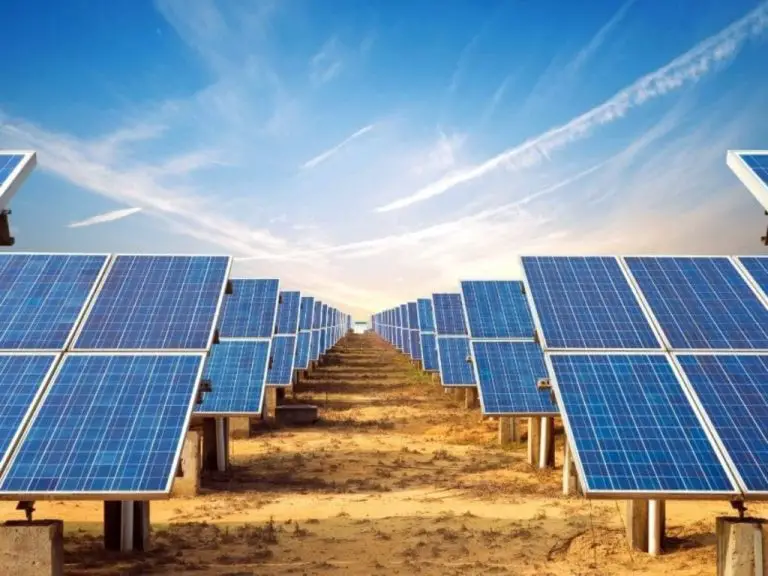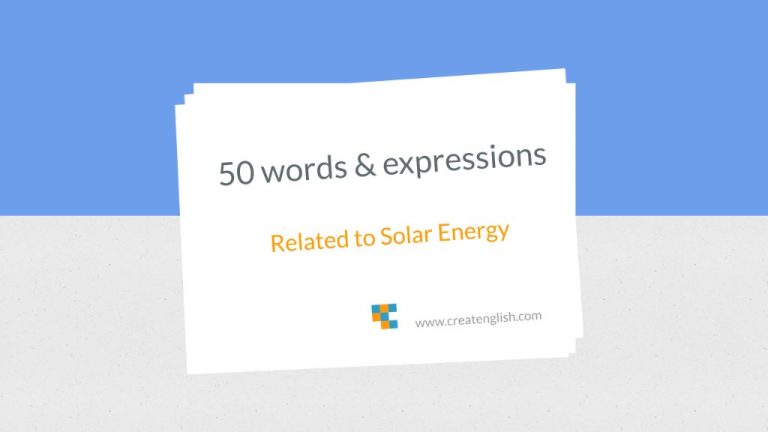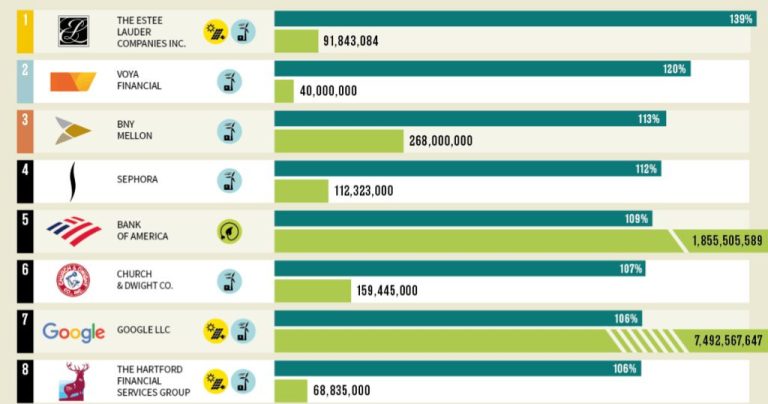Is Solar Getting Cheaper?
Solar energy technology, which uses photovoltaic cells to directly generate electricity from sunlight, has experienced rapid growth and cost reductions in recent years. This technology has expanded from a niche application in the 1970s to a mainstream energy source today. According to the Solar Energy Industries Association (SEIA), the solar industry has grown at an average annual rate of 24% over the past decade. As a result of this tremendous growth, solar now accounts for about 3-4% of electricity generation in the United States, up from less than 1% just over a decade ago.
Historical Cost Trends
The cost of solar panels has declined significantly over the past few decades. According to the National Renewable Energy Laboratory (NREL), the average price of solar panels fell by about 85% between 2010 and 2020 [1]. In 2010, the average cost of a solar panel was $12.80 per watt. By 2020, that cost had dropped to $1.99 per watt. This represents an average annual decline of about 13% over the decade.
Looking further back, the overall decline is even more dramatic. According to SaveOnEnergy, the average cost per watt for residential solar panels in 2002 was $12.20. By 2022, that figure had fallen to just $3.82 per watt [2]. That’s a nearly 70% reduction over 20 years. Other sources cite similar trends, with solar panel costs declining by over 90% since the 1970s.
This steep and consistent decline in costs has been a major driver in the rapid growth of solar adoption worldwide. As prices have fallen, solar energy has become increasingly cost competitive with conventional power sources. This historic drop in solar panel pricing is expected to continue in the coming years, further accelerating the transition to renewable energy.
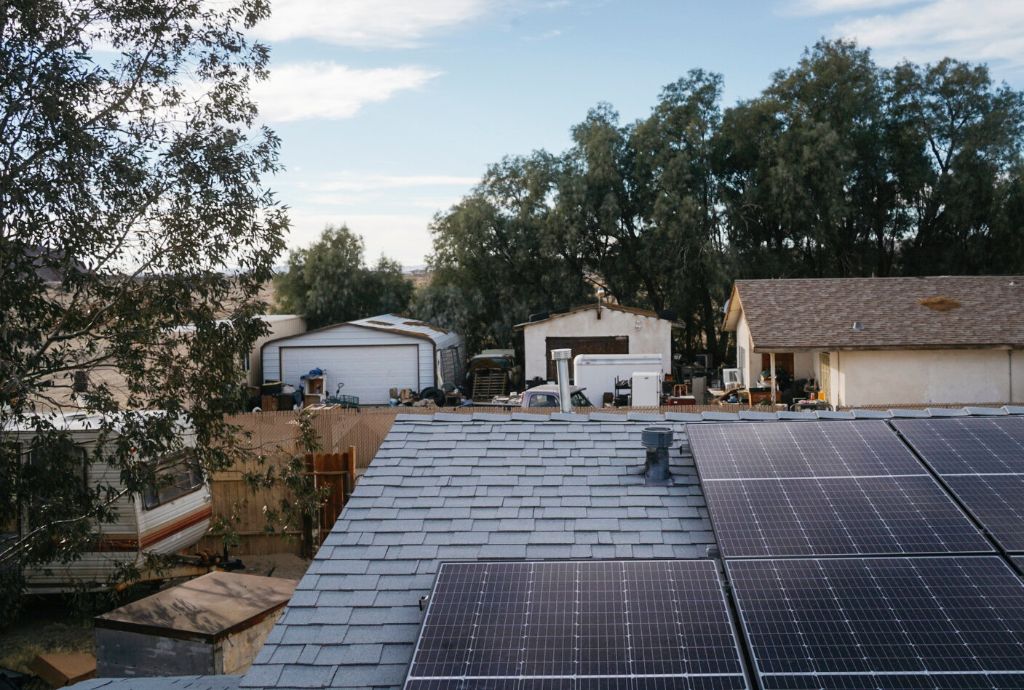
Recent Cost Reductions
In the last 5 years, the cost of solar panels has continued to decline significantly. According to the National Renewable Energy Lab (NREL), between 2015 and 2020, prices for residential solar installations have decreased by 31%, while costs for large utility-scale systems have fallen by 40%.
A major driver behind the most recent cost declines has been improvements in solar panel efficiency and manufacturing processes. Solar panels today can convert sunlight to electricity at roughly 20% efficiency, compared to around 14% a decade ago. Manufacturers have also been able to produce larger wafers and cells, resulting in panels with higher wattage capacities (Why Solar Panels Will Likely Keep Getting Cheaper). Larger scale production and economies of scale have enabled reductions in manufacturing and supply chain costs as well.
Additionally, reductions in non-hardware “soft costs” like permitting, installation labor, and financing have helped drive down total system prices in recent years. For residential solar, soft costs now make up over 50% of total costs, so ongoing focus on streamlining processes and reducing red tape will be key (Documenting a Decade of Cost Declines for PV Systems).
Factors Driving Cost Declines
There are several key factors that have driven down the costs of solar photovoltaic systems over the past decade:
Economies of scale – As solar manufacturing has scaled up to meet growing demand, costs have declined. Larger factories and production volumes have enabled economies of scale and lower costs per unit. Between 2010 and 2019, PV module production increased over 10-fold, from 25 GW to over 100 GW annually (MIT, 2018).
Manufacturing improvements – Incremental improvements in solar cell and module manufacturing processes have boosted efficiency and yields while lowering material costs. For example, thinner silicon wafers reduce material use while maintaining efficiency (NREL, 2021).
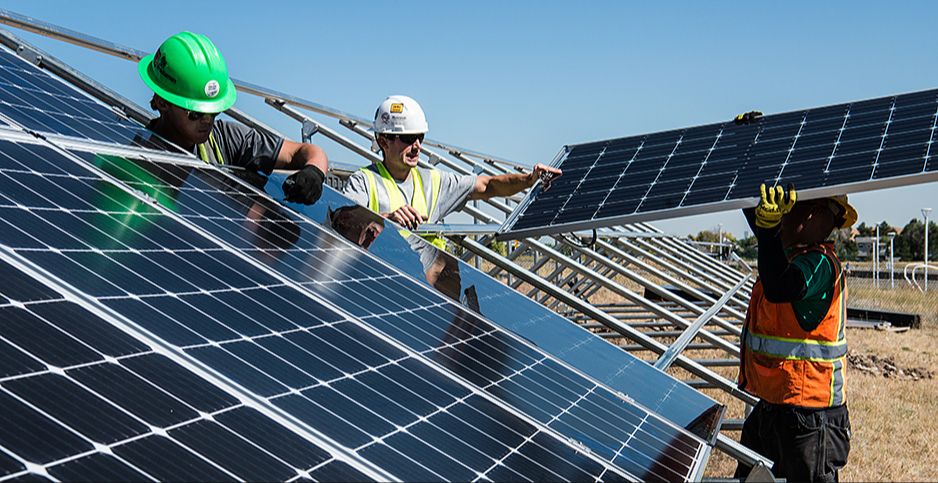
Soft costs – Innovations in business models, system design, and installation have helped reduce non-hardware “soft costs” like permitting, labor, and customer acquisition. Soft costs have fallen from over 50% of total system costs in 2010 to 30% in 2019 (SolarFeeds, 2023).
Projected Future Costs
Expert projections indicate that solar costs will continue to decrease in the coming years. The U.S. Department of Energy has set aggressive cost reduction targets under the SunShot 2030 initiative, aiming to cut the cost of utility-scale solar photovoltaic power from around $0.06 per kWh in 2020 to $0.03 per kWh by 2030.
Reaching these goals would make solar one of the least expensive electricity options available. The DOE roadmap involves driving down costs through RD&D investments, reducing soft costs like permitting and installation labor, and optimizing the grid integration of solar energy. Experts are confident the 2030 targets are achievable through focused efforts in innovation and market transformation.
Challenges Remaining
While solar costs have declined substantially in recent years, there are still some areas where further cost decreases are needed (source). One challenge is with soft costs, which include things like customer acquisition, permitting, inspection, interconnection, and financing costs. These costs now make up a larger percentage of total system costs as hardware costs have declined. Streamlining soft costs through improved processes and technologies can help drive overall costs down further.
Additionally, storage costs need to decrease to support greater integration of solar power onto the grid. As solar scales up, having low-cost storage options through batteries can help address intermittency issues and provide other grid services. R&D investments into battery storage technologies along with economies of scale as production increases can facilitate continuing cost declines.
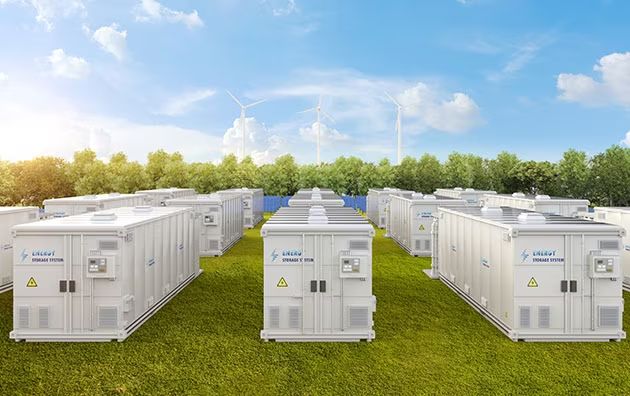
There are also opportunities to further reduce hardware costs through technology improvements, manufacturing innovations, and supply chain optimizations, especially for emerging technologies like perovskite solar cells. Continued R&D and experience curve effects can enable reductions in these capital expenditures over time.
Lastly, while utility-scale solar has seen substantial cost decreases, residential and commercial rooftop solar costs can be reduced further as well to improve economics and adoption. Rooftop solar involves added costs like customer acquisition and customized system design/engineering that impact smaller-scale projects more.
Impacts on Adoption
The declining costs of solar panels have spurred increased adoption of residential solar across the United States. According to a Pew Research report, over 3 million U.S. homes had installed solar panels as of 2021, up from 2.1 million homes in 2019. This represents a growth of over 40% in just two years. Pew cites falling costs as a key driver of this rapid expansion. Similarly, a Morning Consult survey found that lowering upfront costs could motivate 45% of homeowners to adopt solar panels. As prices fall, solar becomes accessible to more households. Declining solar costs have played an integral role in driving adoption higher and enabling more Americans to go solar.
Grid Parity
Grid parity is the term used when the cost of solar energy is less than or equal to the cost of electricity from the grid. Reaching grid parity has long been seen as a tipping point for mass solar adoption. Several states, notably sunnier ones like California, Hawaii, Nevada, and Arizona, already reached grid parity for residential solar years ago. According to a 2012 NREL study[1], over half the U.S. population lived in locations where unsubsidized residential PV systems were at grid parity. However, more locations have reached this milestone in the years since then due to continued cost declines. SunMetrix’s interactive grid parity map[2] shows many more states at parity when assuming recent median installed prices and current average residential electricity rates.
Policy Supports
Government incentives and policies have been crucial in helping solar power achieve growth globally. Countries like China, Germany, and the United States have implemented strong policy supports like feed-in tariffs, tax credits, renewable portfolio standards, and rebates to encourage solar adoption. These measures help improve solar’s cost-competitiveness and make it more financially viable for homeowners and businesses to install PV systems. Countries with consistent, long-term policy supports have seen substantial solar growth. For example, Germany’s feed-in tariff helped it become an early leader in solar deployment. China’s solar policies enabled it to rapidly scale PV capacity and become the top solar market globally. The US federal investment tax credit has been crucial in maintaining strong solar growth nationally. Ongoing policy support remains important to further reduce costs and integrate higher shares of solar energy onto electric grids.
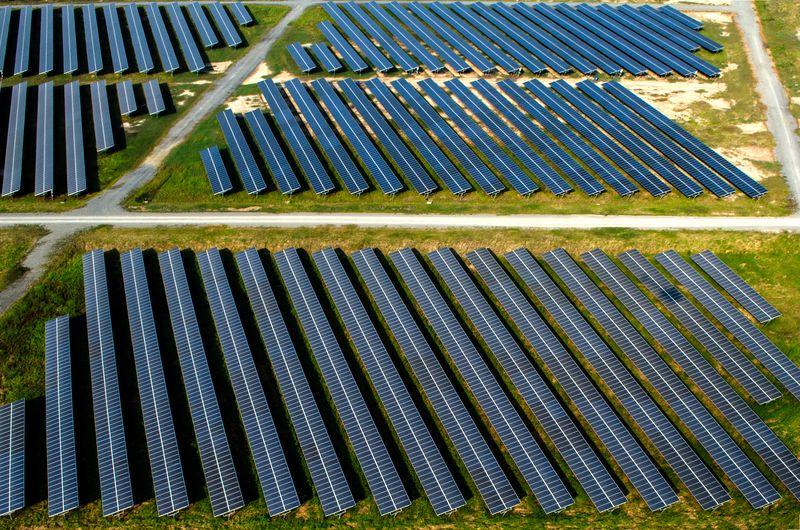
Conclusion
In summary, the costs of solar energy have declined substantially over the past decade, driven by improved technologies, economies of scale, and market forces. Costs are projected to continue falling in the years ahead, allowing solar to become increasingly competitive with conventional power sources.
The most dramatic cost reductions have come in the form of lower module prices, installation costs, and soft costs like permitting and financing. Increased module efficiency has also lowered balance of system costs. These factors have combined to bring solar system prices down by over 70% since 2009.
Looking ahead, solar is expected to continue getting cheaper. Projections estimate utility-scale solar costs could fall another 40% by 2030, while residential systems may see more modest cost declines. As solar reaches grid parity in more areas, adoption is poised to accelerate.
To fully realize solar’s potential, work is still needed to integrate high levels of solar onto the grid affordably and reliably. But the outlook for solar’s cost-competitiveness continues to improve thanks to sustained technology advances, market growth, and supportive policies.

